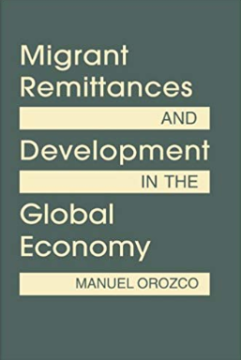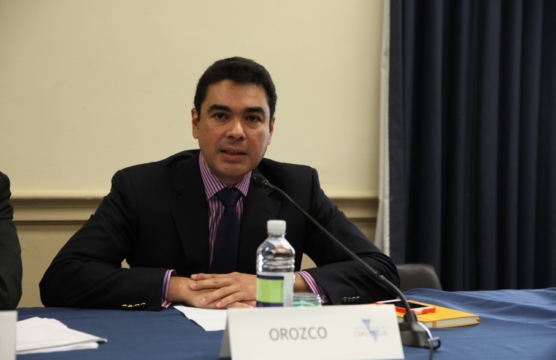The Earthquake’s Impact on Remittances
The earthquake in Haiti has exacerbated an existing distress during the international recession and increased uncertainty of what to do and how to help.
Both social and economic trends in Latin American and Caribbean countries are increasingly shaped by migration and its intersection with development and economic growth. Therefore, understanding the future of migration and how its affect the region can offer cues as to the direction countries will take.
An outlook of migration in Latin America and the Caribbean in five years depends on assessing three main factors, namely, growth trends in the origin and destination of human mobility, including labor and others (children, or people escaping violence), determinants of such growth and possible consequences. Moreover, an outlook in transnational economic engagement requires looking at growth, the extent of payment modernization, marketplace competition and impact on growth and development.
For the next five years, we expect migration to continue, facing anti-immigrant sentiments. Similarly, we expect remittances to continue to flow through an increasingly modernized payment system.
The earthquake in Haiti has exacerbated an existing distress during the international recession and increased uncertainty of what to do and how to help.
How do patterns of migration and remittances differ across regions? What kinds of frameworks support the contributions of remittances to local development?
On February 24th, the Inter-American Dialogue held its annual event on Remittances to Latin America and the Caribbean.


